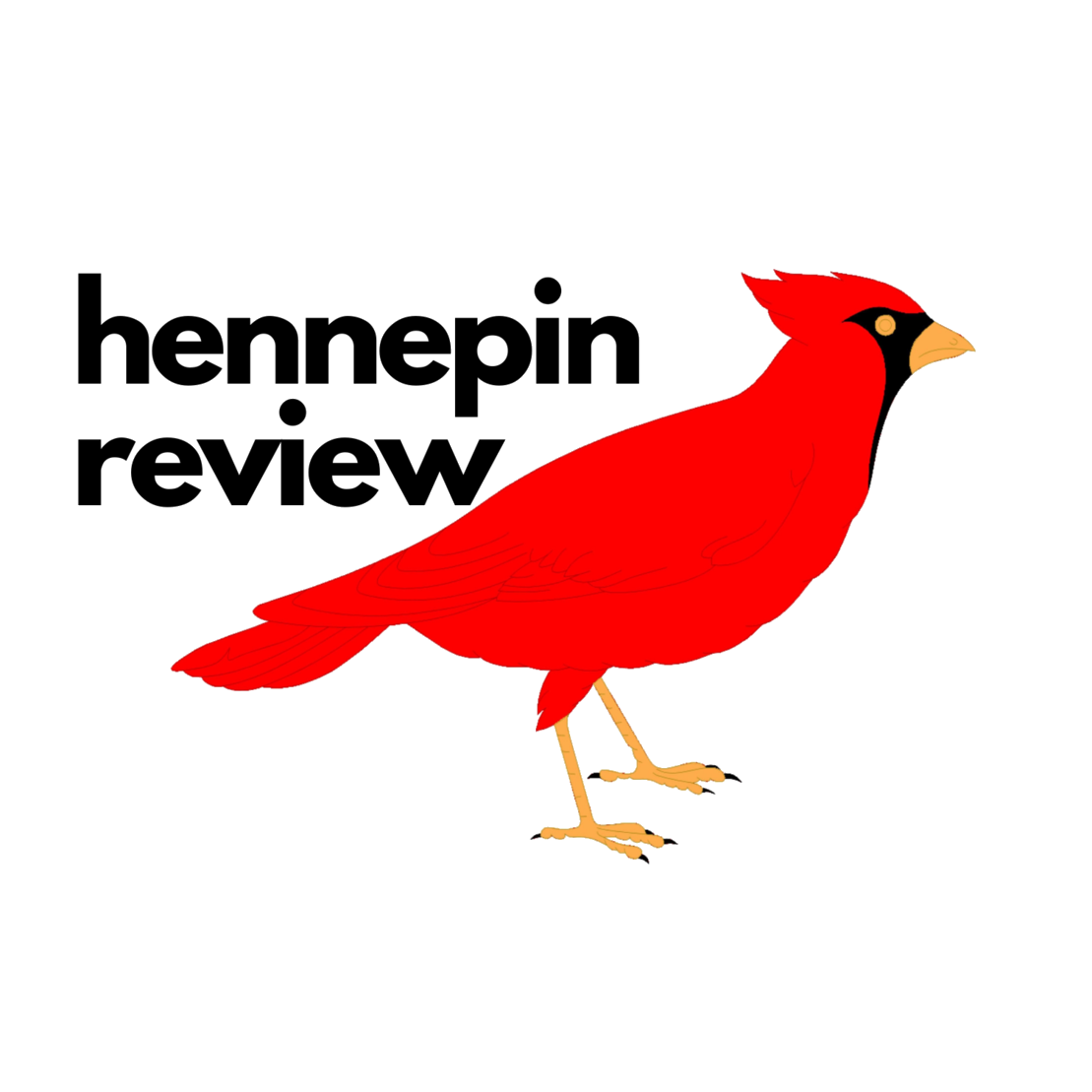In 2020, I visited Bangladesh. A few of my friends took me to see the massive Jamuna Bridge over the river Jamuna. As we crossed the bridge, we entered a village and a few farms. We stopped near one of them, and decided to take a walk through. This farm was spectacular: yellowing with dense crops. But it was also precariously stretched across the jagged unfenced edge overlooking the river Jamuna; it was literally on the river. It looked like a rooftop without any safety railings. A man was working on it, sitting too close to the land’s edge to the river. I went up to him and asked his name. Ghoni Miah. He told me this was his farm.
I asked him if he’d ever felt vulnerable, being so close to the river. He smiled, and told me this was his only source of income, a way of life. Miah was living dangerously, and there was another kind of danger still looming. The danger of what the river was slowly doing to his farm.
“The river breaks away small chunks of land by the minute,” Ghoni Miah explained. It sounded too surreal but I had also witnessed it, standing on its precipice; the waves breaking into its shore and engulfing a piece several feet below where his farm stood. It took small blocks of the soil, slowly unplugged them from the mainland. The blocks plummeted, sluggishly and straight into the riverbed. The river was galvanizing the soil bit by bit at its every-wavering slap.
I was shocked by what I saw on the river that day, but for Ghoni Miah this was an everyday occurrence. He told me his farm took a beating as a result of the riverbank erosions. He understood, but was powerless to stop it. His yellowing farm was narrowing by the day, and there wasn't much he could do about it, but watch. This had been an agonizingly drawn out issue without any long-term solution. Not just for him but many farmers like him who had their farms on the brink of such river banks: the Brahmaputra, and the Meghna, too.
I wondered whether this bank slide was preventable in any way. The slide was having an effect on his house as well, along with the farmland, and the crops: all of it, at the mercy of nature and God. This country was losing its vital soil.
Such bank erosions happen, typically, when rivers meander, braiding and oscillating. Monsoon-prone countries like Bangladesh are most at risk. When water levels rise during the floods and overflow onto the banks, it causes much harm to the soil, depleting it, even changing the geological outline, to a certain extent.
I asked Ghoni Miah: “What is a river braid and why does it cause the banks to erode, to slide?” The farmer didn’t have the answer. Gazing down at the bottom, I saw some feeble attempts at constructing a wall against the land mass with sand bags. These were embankments, placed at the foot of that precipice, along with bamboo reinforcements to save the soil. I also saw that the continuous wave slamming, inevitably weakened the embankment; the wall bags were becoming soggy, wallowing in mud and slowly slithering into the river. The river’s ever-gentle clash with the land was so persuasive, as was its strong undercurrent, that the embankment was on the brink of collapsing.
Recent research shows how such erosion impacts communities across Bangladesh. Displacement is the immediate impact of riverbank erosion. Many people are unable to shift their houses and household items due to sudden collapses of land into the river. Among those whose shelters end up falling in, as the riverbanks are pushed further back, only a few people are able to find new shelters. Others become homeless. People often migrate to nearby areas at first and then move further away or head into to Bogra (the largest nearby center in the north of Bangladesh), or the urban centers of Dhaka, and Chittagong. Along with shelters, people lose basic commodities such as cooking facilities and utensils, measures of prevention for vector-borne diseases (such as mosquito nets), as well as other necessities. It's important to support the affected population with these necessities in order to prevent longer term illnesses such as malnutrition or vector-borne diseases.
And what does this loss of soil mean for our Ghoni Miah? It means that he must move. Again. That he must inch his abode further away from the outskirts of the river breaks ever so often. He must pull out the stumps of his hut and rebuild a new home on safer ground. The process is exhausting and ongoing. I asked him where his last hut was before he moved it. He pointed at many different random spots, mostly out on the open river. As a result of this, his farm yields fewer and fewer crops, bringing in less money. The socio-economic impact is huge, not to mention the living nightmare of constant fear: the slow loss of land. Displacement is commonplace. Disillusionment, a given as the ground beneath Miah's feet, beneath the feet of countless many, was slipping, never to be recovered again.


